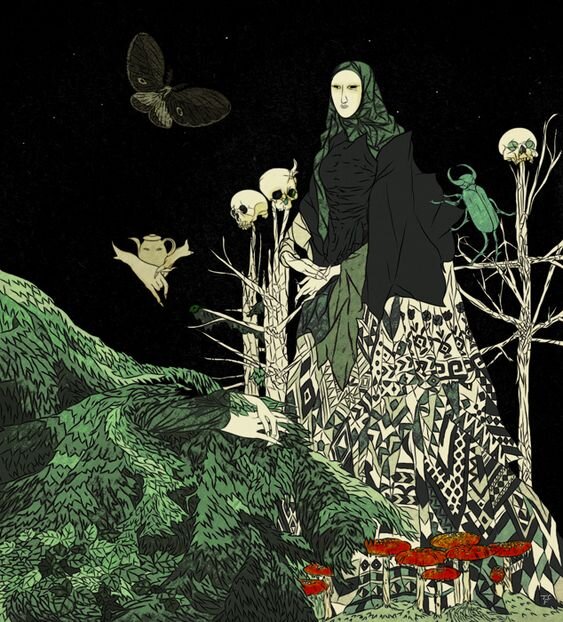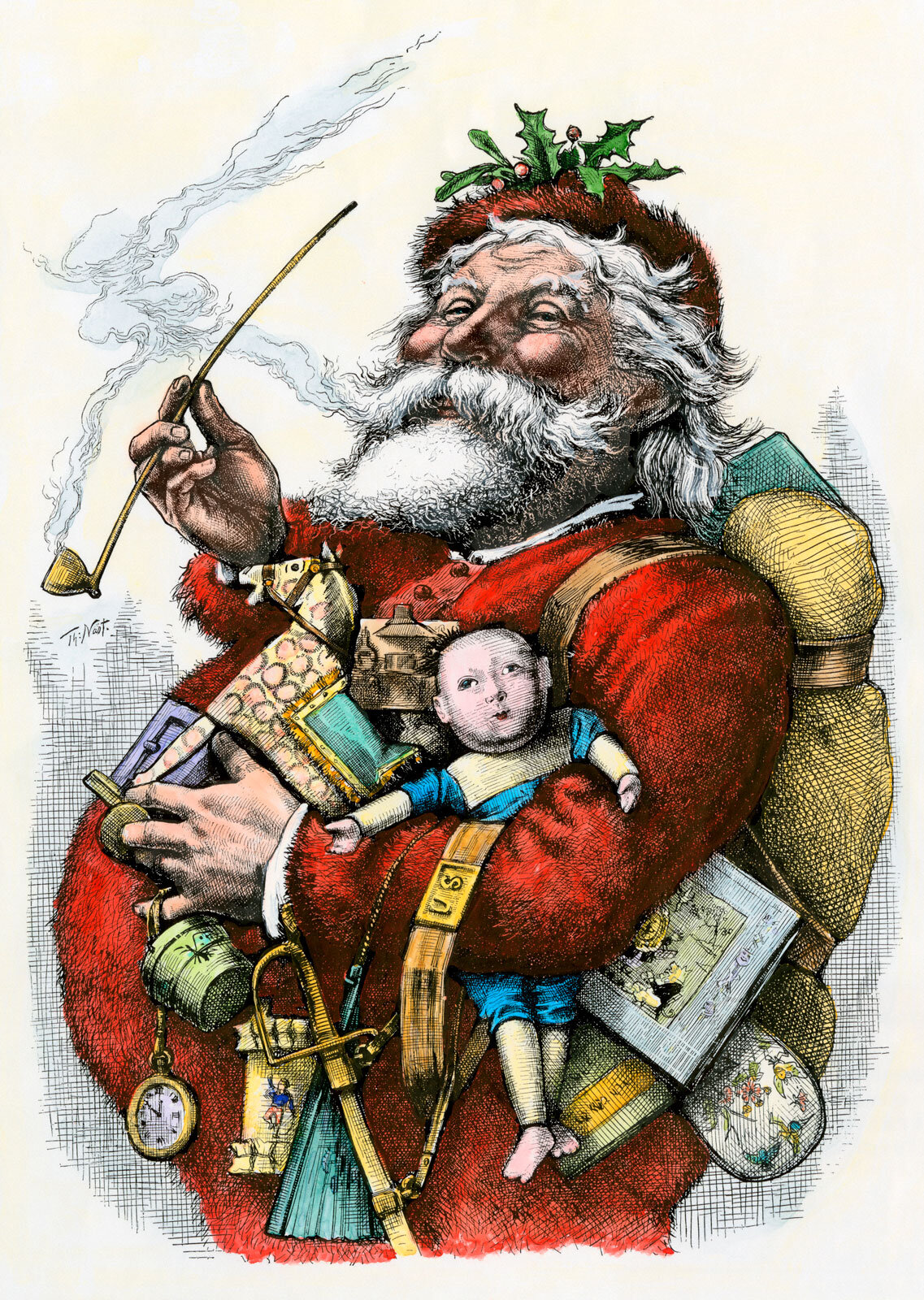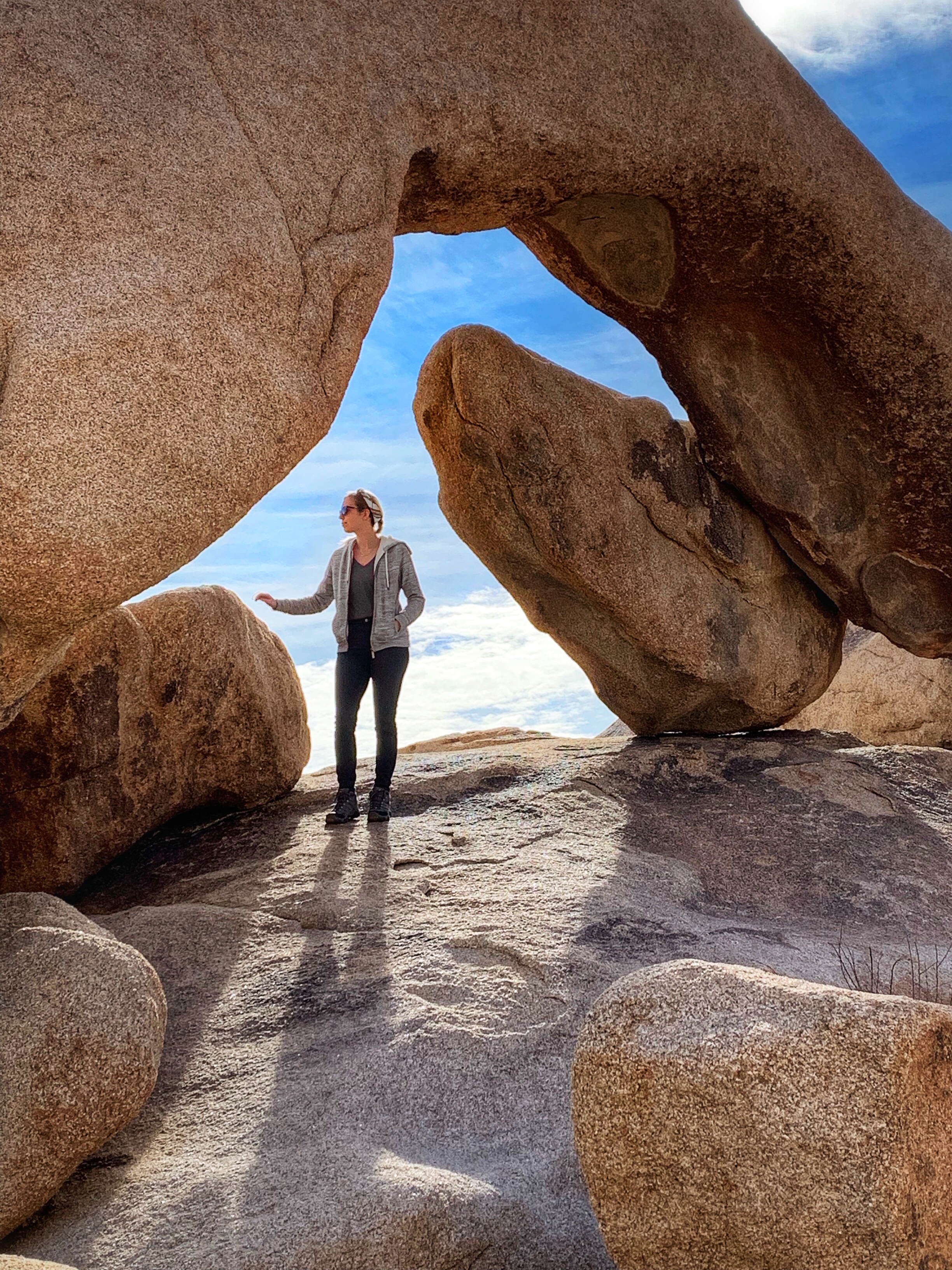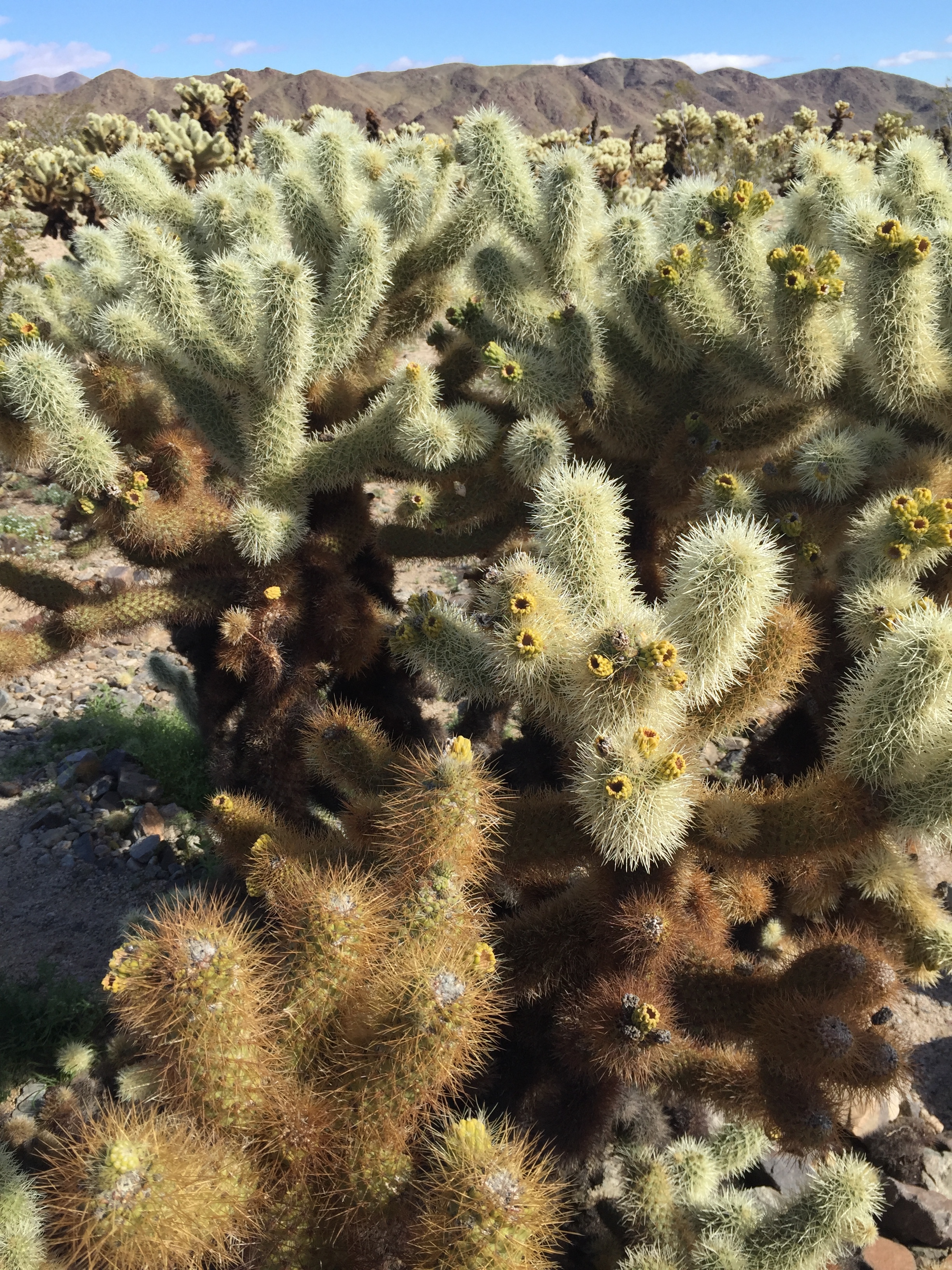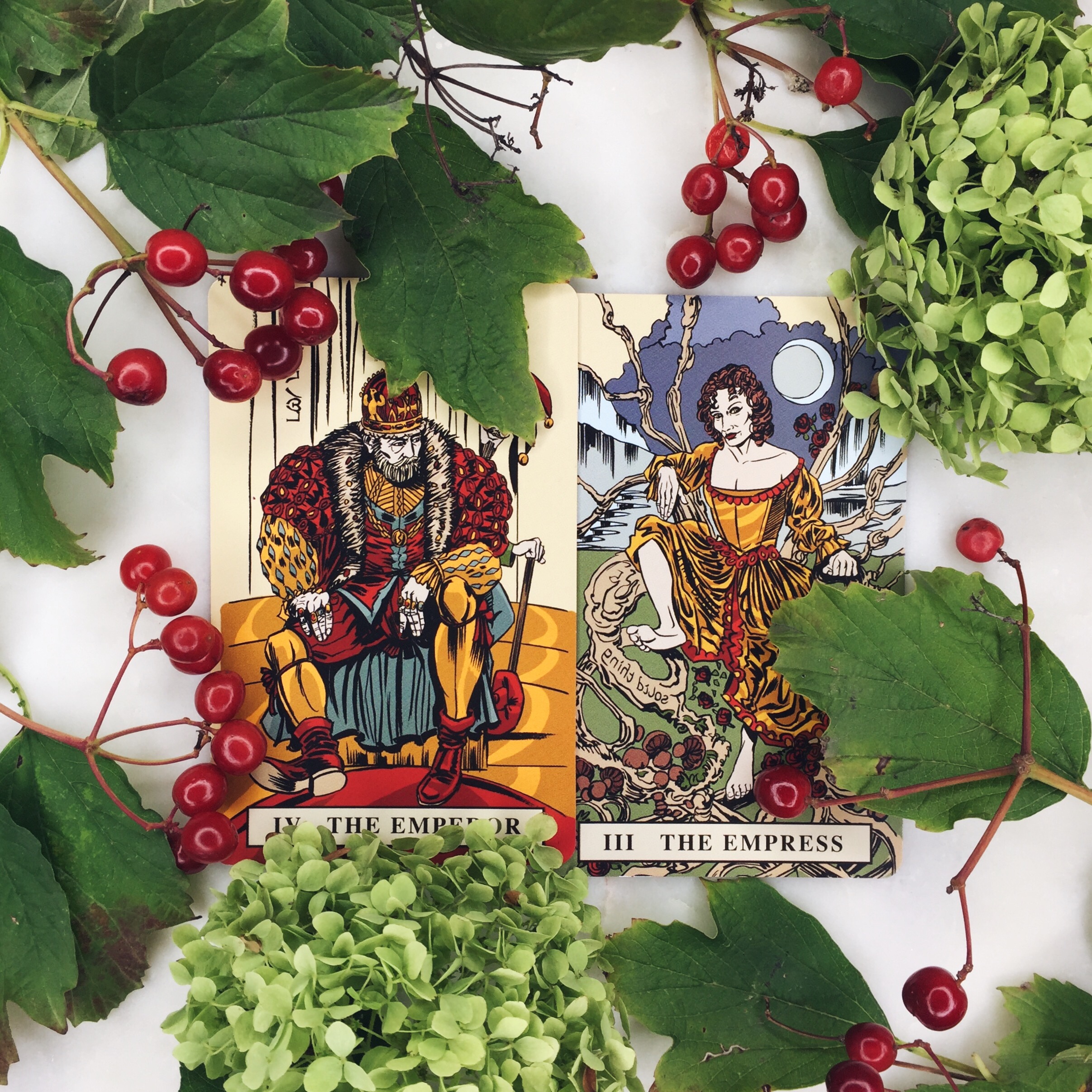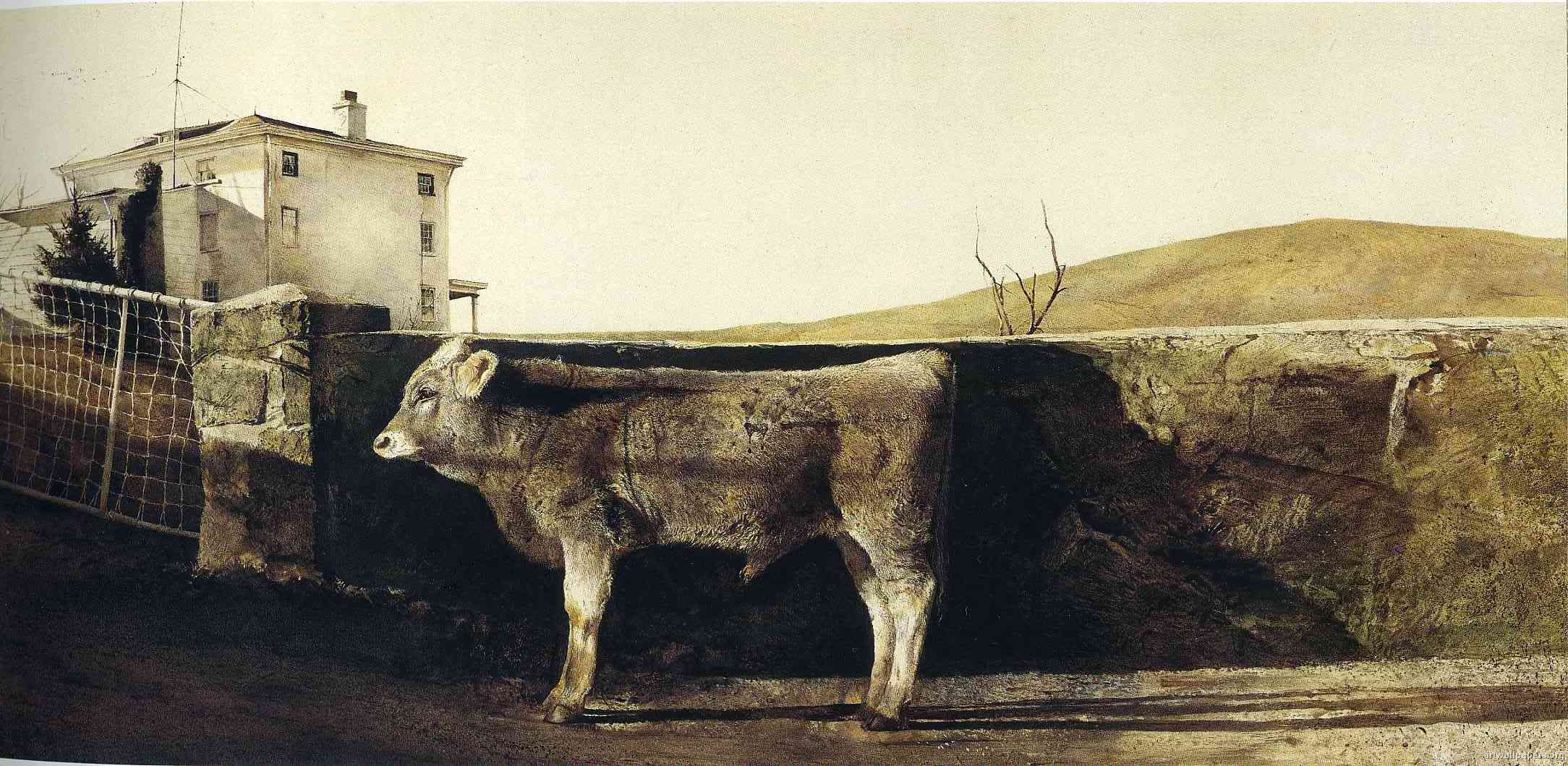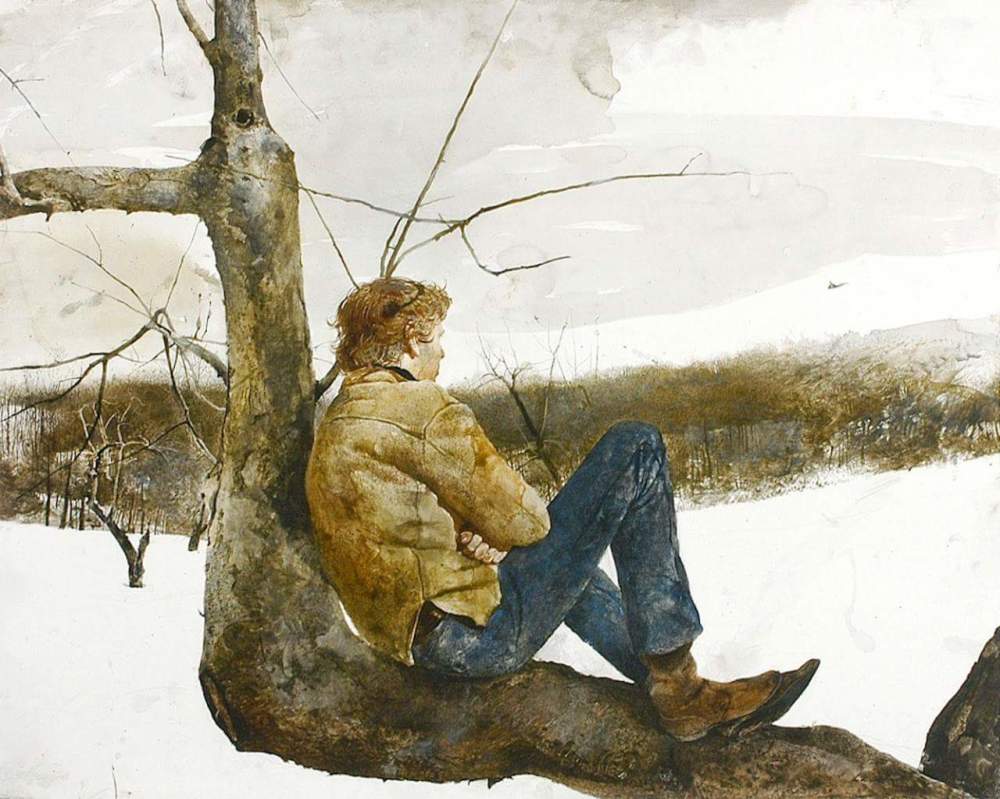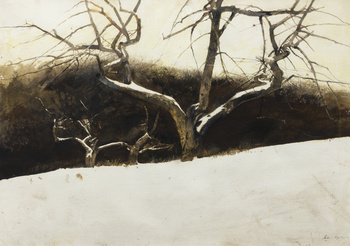Have you told your friends and family about your spiritual path yet? How did the experience go? Share your thoughts below in the comments!
Here's my 5 tips for making the process a bit easier:
1: You Don’t Need (or Should) Tell Everyone
For me personally, I only tell people who are close friends and family about my spiritual beliefs. I would avoid telling people like your boss or landlord about your spiritual path because it’s not usually relevant and it could negatively affect your life.
Now this is of course easier said than done for some people. If you’re living with parents that are extremely religious, you have two options: you can practice your spiritual beliefs in secret until you're old enough to move out or you can tell them.
I personally chose to keep my practice a secret until I became an adult and moved out but you should do whatever your intuition is guiding you towards. So before choosing to tell someone, make sure it feels right and that it makes sense to tell them.
2: Be Prepared for Questions
If you do decide to tell someone, be prepared for some of the questions they might ask even if the questions appear silly or insulting. I actually recently did a video on how you can respond to some of these common questions so I’ll link it here if you’d like to check it out.
It might also help to have some resources prepared so if they want more information you can direct them to your favorite book, article, or video about your beliefs.
3: Phrasing is Important
Let’s compare two ways of telling people about your beliefs. Imagine you’ve decided to tell your parents and you say “I’ve decided to be a witch so I’m no longer going to go to church with you or celebrate any Christian holidays like Christmas.”
Something that antagonistic is probably not going to go over well.
I would begin with a statement like “I’ve discovered a new spiritual system is really fulfilling and makes me feel more connected to the divine. I know you might have different feelings or perceptions towards Paganism so I’d like to answer any questions you may have about this belief system.”
This way you're setting up more of a two way conversation. Instead of just telling people about your path, you’re listening to their concerns and have an opportunity to assuage any fears they may have about your spirituality.
4: Don’t Let the Haters Get to You
As a pagan that has an online presence I definitely get a lot of haters. Sharing your beliefs and putting yourself out there means you’ll need a bit of a thick skin.
It’s unfortunate, but there are many religious people out there who will automatically assume you worship the devil or say that you are going to hell. For the most part, their negativity about witchcraft and paganism has been ingrained in their head from an early age and it’s unlikely you will be able to change their mind. Ultimately, haters gonna hate, so just try your best to ignore these hate comments and not allow that negativity into your life.
5: Don’t Thrust your Beliefs on Others
One of the best things about this spiritual path is we don’t proselytize. While spreading the word and converting others is a core tenet of Christianity, Pagans on the other hand don’t feel the need or desire to convert others.
We know this spiritual path is not for everyone trying to force others to accept or conform to our beliefs goes against our ideas about free will. So if you’re talking to a casual acquaintance at a party and the topic of religion comes up. You don’t need to lie - go ahead and tell them about your beliefs if you feel comfortable doing so. But there's no need to push those beliefs on others.
There’s a fine line between ‘coming out of the broom closet’ and insisting that your path is the best and that others should follow it as well. Paganism and witchcraft is not for everyone - and that’s ok. We’re kind of a small group when you compare us to other religious groups but in my view that can be a good thing.
You, me, and other followers of this path - we’re part of an amazing community. So if you’re ever feeling down about all the haters or worried about feeling accepted, remember that there is a whole group of like minded people out there to give you support and help you along this path!


